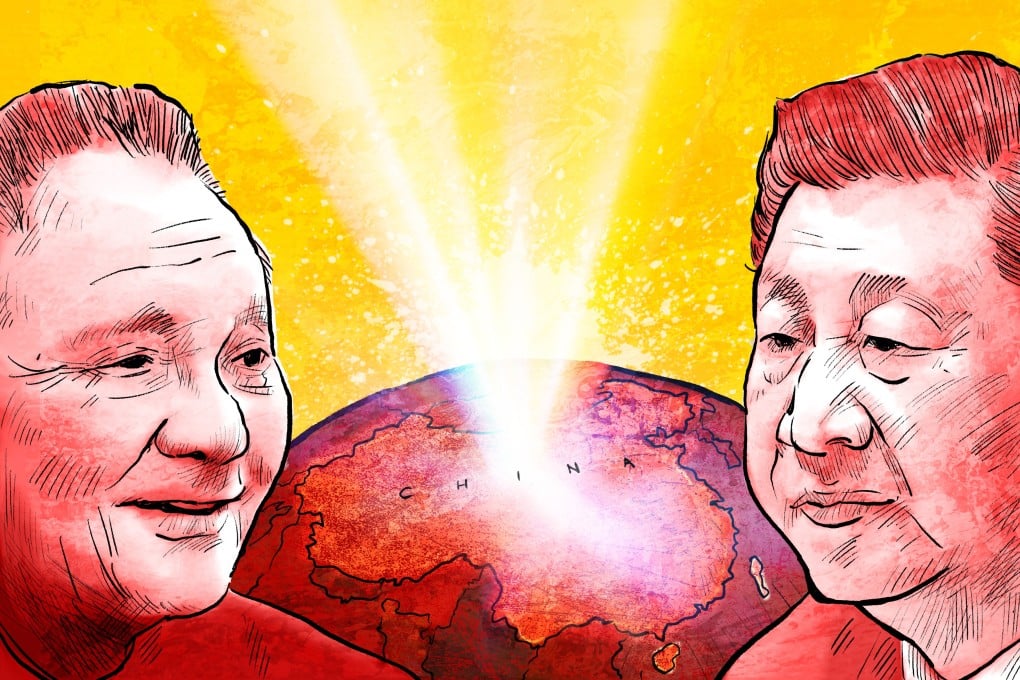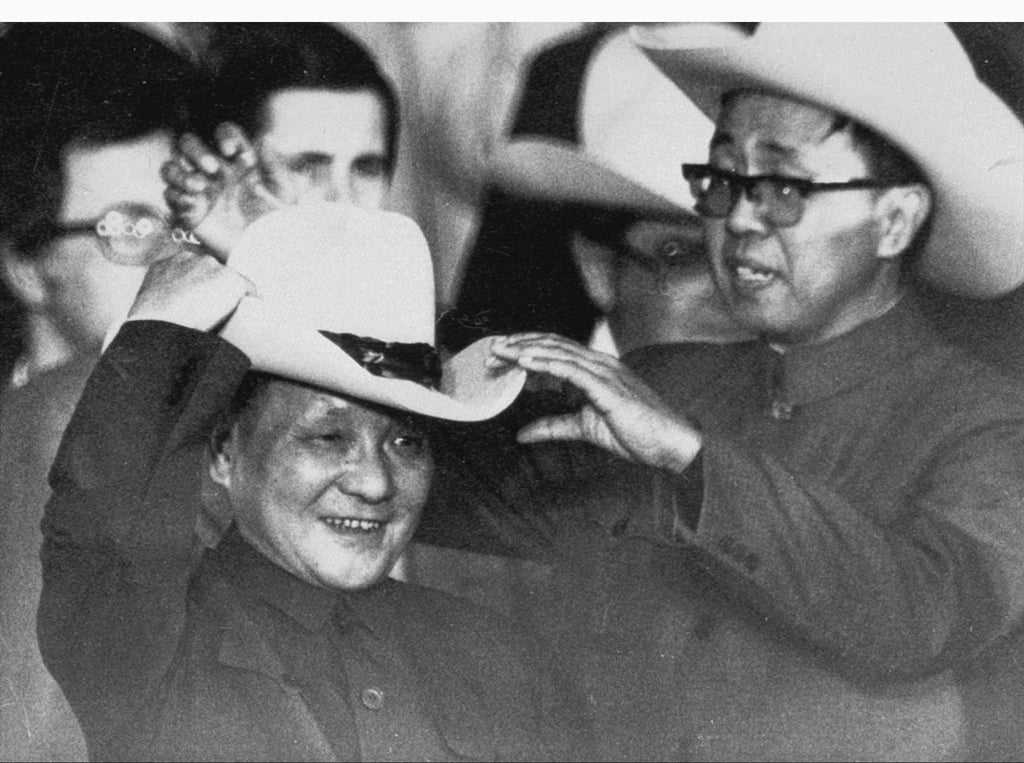As China celebrates Deng Xiaoping’s legacy, the country is again at a crossroads
- Deng and his ‘true heir’ Xi Jinping differ in strategies and approaches, but closer examination reveals many core similarities

Chairman Mao Zedong called him the “steel factory” for his uncompromising resolve. Yet he was also a master of charm – winning the hearts and minds of the American public in one swoop by donning a cowboy hat on the first visit by a Chinese communist leader to the US.
The “chief architect” of the greatest economic liberation programme in history was also the man who demanded that the Communist Party “unwaveringly uphold the dictatorship of the proletariat”, nipping the country’s democracy movement in its bud.
In Chinese culture, 60 years is known as jiazi, representing the full alignment cycle between heaven and earth.
The commemoration of Deng’s 120th birthday on August 22 comes at a most intriguing time. After four decades of spectacular growth thanks to Deng’s reforms, the world is again “standing at a crossroads of history”, as his modern-day successor Xi Jinping put it.

